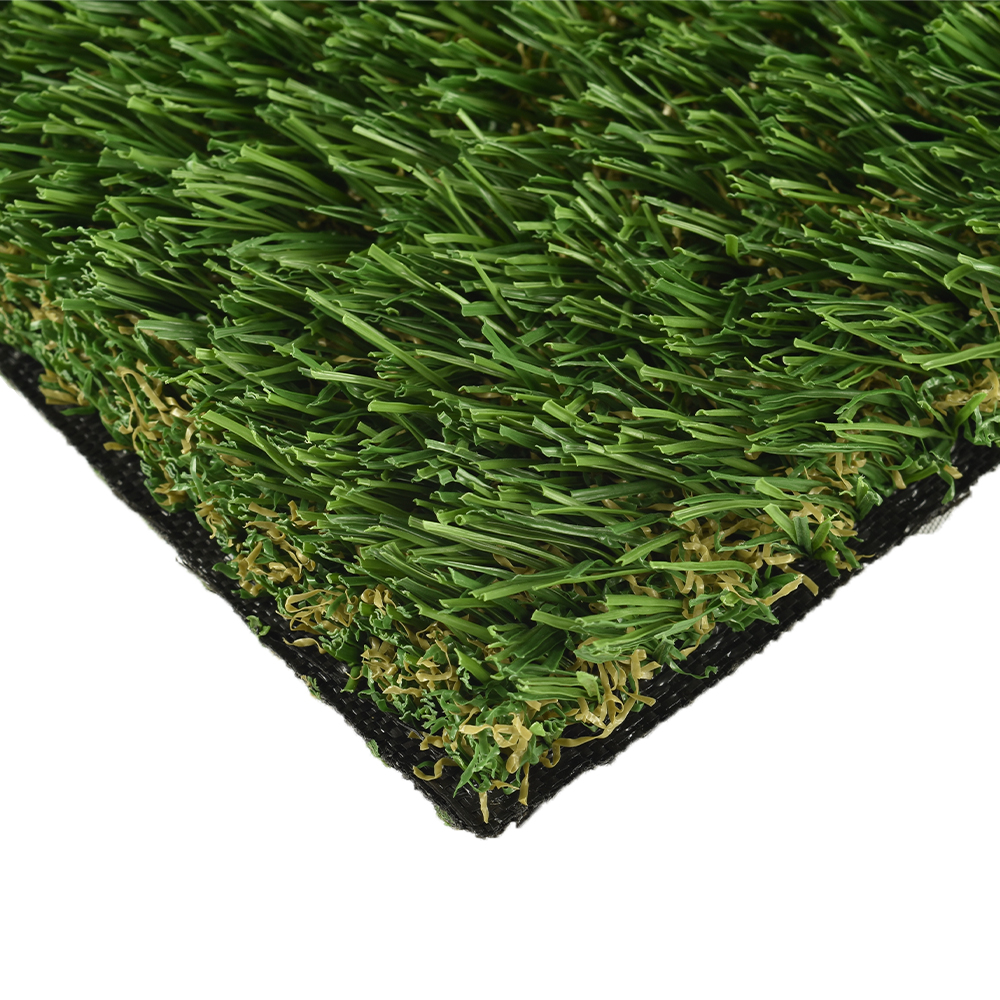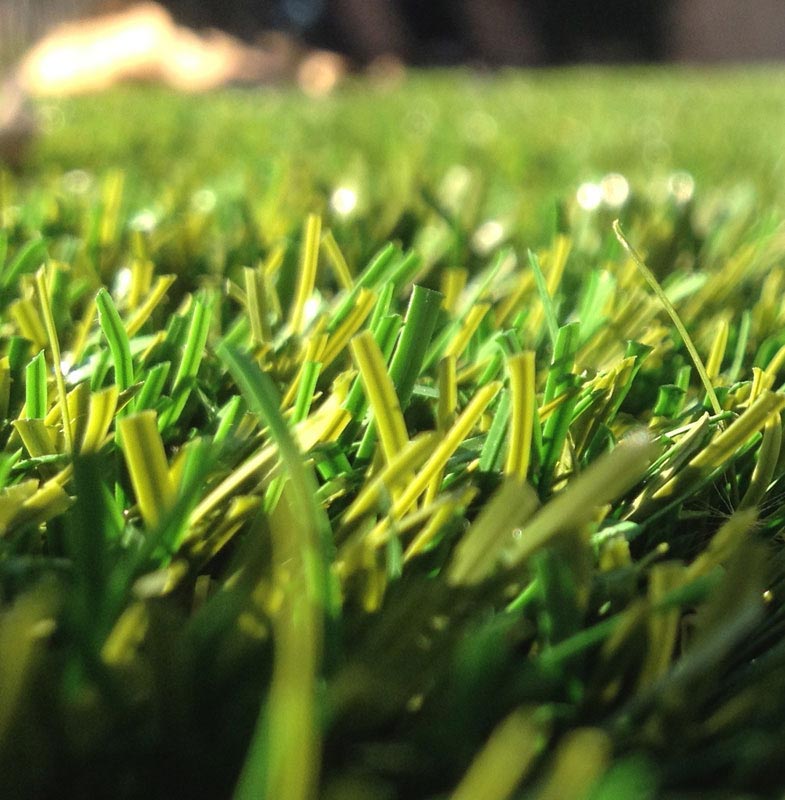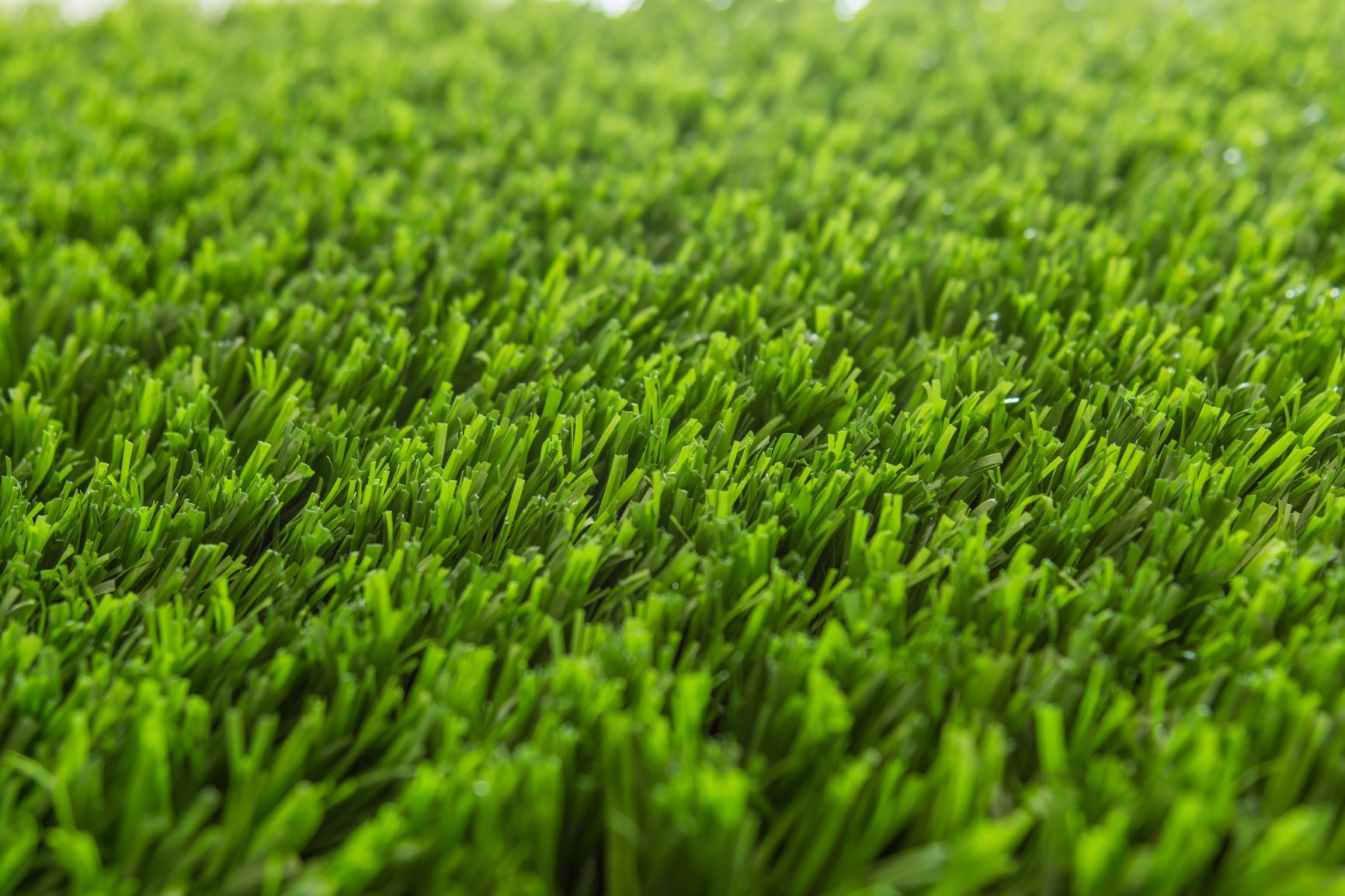Dependable Artificial Turf Companies Phoenix for a Attractive and Evergreen Lawn
Dependable Artificial Turf Companies Phoenix for a Attractive and Evergreen Lawn
Blog Article
See Why Homeowners Prefer Artificial Lawn for Lasting Landscape Design Practices
As house owners significantly focus on sustainability in landscape design, artificial lawn has emerged as an engaging alternative to standard turf. What remains to be discovered is the full range of advantages that artificial turf can supply to property owners and the setting alike.
Water Conservation Perks
One of the most substantial benefits of fabricated lawn is its role in water conservation. In contrast, artificial turf removes this need totally, as it does not call for watering.
In addition, the installment of synthetic grass can add to a much more sustainable landscape. House owners can dramatically decrease their water expenses, permitting reallocation of resources to other ecological campaigns or home uses. Additionally, synthetic grass is created to stand up to various weather problems without the requirement for supplemental watering, making it a perfect selection for areas facing water scarcity.
The environmental benefits expand beyond immediate water financial savings. By minimizing water consumption, synthetic grass aids to alleviate the effects of environment modification, preserving crucial environments that are intimidated by extreme water extraction. As lasting landscaping methods gain grip, synthetic grass becomes an accountable choice for house owners seeking to produce environment-friendly exterior spaces.
Lowered Maintenance Efforts
Synthetic grass substantially reduces maintenance efforts contrasted to traditional yard lawns. With synthetic lawn, homeowners can eliminate the lengthy jobs connected with natural landscaping, such as mowing, feeding, and weeding. This not just conserves beneficial time however additionally lowers physical labor, making lawn care obtainable for individuals of any ages.
Among one of the most notable advantages is the lack of normal mowing. Traditional yards need regular cutting to keep a visually pleasing elevation, whereas artificial turf remains regularly rich without the requirement for cutting. In addition, homeowners no longer need to use plant foods or chemicals, which are frequently needed to keep natural grass healthy. This change not just lightens the work yet additionally promotes a neater, more uniform look year-round.
In addition, synthetic grass is long lasting and resilient, calling for minimal upkeep past periodic brushing and rinsing to get rid of debris. This convenience of maintenance permits house owners to enjoy their exterior areas without the constant concern of upkeep, giving more time for recreation and family tasks. Eventually, the reduced maintenance initiatives connected with synthetic grass make it an enticing alternative for those looking for a low-maintenance, visually appealing landscape.

Environmental Influence Reduction
There is an expanding recognition of the ecological benefits related to synthetic turf, specifically in terms of water preservation and reduced chemical use. Traditional grass require considerable quantities of water, particularly in drought-prone areas, resulting in raised strain on neighborhood water sources. In contrast, synthetic grass removes the need for irrigation, significantly minimizing water intake and promoting sustainability.
Furthermore, conventional yard upkeep frequently includes the application of pesticides, plant foods, and herbicides, which can add to dirt and water pollution. Synthetic grass mitigates this environmental threat by calling for minimal upkeep and practically getting rid of the requirement for damaging chemicals. This not just enhances dirt health and wellness however additionally protects regional communities from hazardous overflow.
Additionally, the production of natural turf lawns usually includes the usage of nonrenewable fuel sources for cutting and landscaping equipment, additional adding to greenhouse gas discharges. By selecting synthetic grass, property owners can considerably lower their carbon impact connected with lawn treatment tasks.
Aesthetic Appeal and Versatility
In enhancement to its environmental advantages, synthetic grass supplies significant aesthetic charm and versatility for landscaping. read this post here Property owners can accomplish a lavish, environment-friendly appearance year-round, getting rid of the seasonal see here variations commonly linked with natural yard. This regular aesthetic not just boosts the aesthetic appeal of a home but also adds to a refined and properly maintained look.
Furthermore, synthetic grass is available in a range of appearances, designs, and colors, enabling for modification to match specific choices and style styles - Turf installation phoenix az. Whether used in residential gardens, commercial spaces, or entertainment locations, it can effortlessly integrate into varied landscape design styles, from contemporary minimalist to lush exotic setups
The adaptability of synthetic grass expands past simple look; it can be set up in various areas, consisting of rooftops, patios, and also indoor rooms, producing possibilities for special landscaping solutions. In addition, it is appropriate for a series of tasks, from children's play locations to pet-friendly atmospheres, supplying functionality without endangering style.
Inevitably, the aesthetic allure and adaptability of synthetic lawn make it an attractive option for home owners seeking lasting landscaping options that do not sacrifice appeal for ecological obligation.

Long-Term Price Cost Savings
One of one of the most compelling benefits of synthetic grass is its possibility for long-lasting cost savings. Unlike all-natural turf, which calls for routine upkeep-- including mowing, watering, feeding, and bug control-- artificial lawn considerably lowers these ongoing expenditures. Homeowners can conserve a click to find out more substantial amount on water expenses, especially in areas where water scarcity is a pressing concern. The removal of lawn treatment solutions further contributes to economic savings, as there is no requirement for customized equipment or labor.
In addition, synthetic grass has a life expectancy of 15 to 25 years, depending upon its high quality and use. This durability minimizes substitute prices, making it an extra affordable selection in the future. In addition, the first financial investment in artificial lawn can often be recouped through the financial savings accrued with time.
While the ahead of time price might appear higher compared to turf installment, the advancing cost savings from reduced upkeep and water use frequently outweigh these first expenses. Eventually, the adoption of fabricated lawn not only advertises a lasting landscaping solution but additionally uses property owners a financially wise choice that aligns with long-lasting budgeting goals.
Verdict
Fabricated turf arises as a compelling option for sustainable landscaping, using substantial benefits in water preservation, reduced maintenance efforts, and decreased environmental impact. As communities progressively prioritize ecologically friendly methods, the adoption of synthetic grass represents a modern action towards accomplishing lasting and durable landscapes.
Furthermore, synthetic turf is designed to endure different climatic conditions without the need for additional watering, making it an optimal option for regions facing water deficiency. (Arizona turf)

Artificial lawn emerges as an engaging choice for sustainable landscaping, using considerable advantages in water preservation, minimized maintenance initiatives, and decreased ecological impact.
Report this page